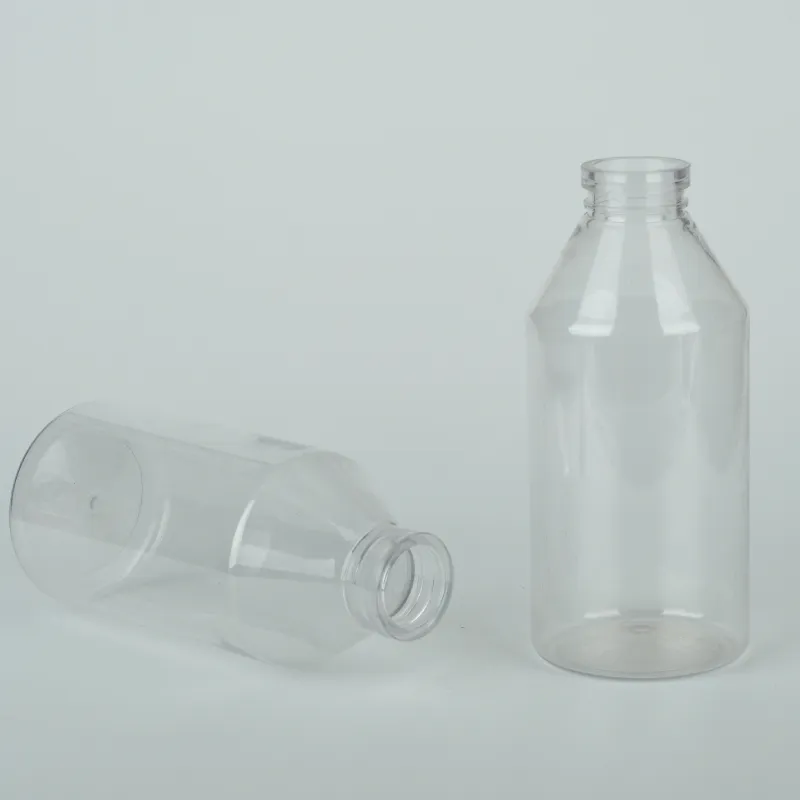
-
 Afrikaans
Afrikaans -
 Albanian
Albanian -
 Amharic
Amharic -
 Arabic
Arabic -
 Armenian
Armenian -
 Azerbaijani
Azerbaijani -
 Basque
Basque -
 Belarusian
Belarusian -
 Bengali
Bengali -
 Bosnian
Bosnian -
 Bulgarian
Bulgarian -
 Catalan
Catalan -
 Cebuano
Cebuano -
 Corsican
Corsican -
 Croatian
Croatian -
 Czech
Czech -
 Danish
Danish -
 Dutch
Dutch -
 English
English -
 Esperanto
Esperanto -
 Estonian
Estonian -
 Finnish
Finnish -
 French
French -
 Frisian
Frisian -
 Galician
Galician -
 Georgian
Georgian -
 German
German -
 Greek
Greek -
 Gujarati
Gujarati -
 Haitian Creole
Haitian Creole -
 hausa
hausa -
 hawaiian
hawaiian -
 Hebrew
Hebrew -
 Hindi
Hindi -
 Miao
Miao -
 Hungarian
Hungarian -
 Icelandic
Icelandic -
 igbo
igbo -
 Indonesian
Indonesian -
 irish
irish -
 Italian
Italian -
 Japanese
Japanese -
 Javanese
Javanese -
 Kannada
Kannada -
 kazakh
kazakh -
 Khmer
Khmer -
 Rwandese
Rwandese -
 Korean
Korean -
 Kurdish
Kurdish -
 Kyrgyz
Kyrgyz -
 Lao
Lao -
 Latin
Latin -
 Latvian
Latvian -
 Lithuanian
Lithuanian -
 Luxembourgish
Luxembourgish -
 Macedonian
Macedonian -
 Malgashi
Malgashi -
 Malay
Malay -
 Malayalam
Malayalam -
 Maltese
Maltese -
 Maori
Maori -
 Marathi
Marathi -
 Mongolian
Mongolian -
 Myanmar
Myanmar -
 Nepali
Nepali -
 Norwegian
Norwegian -
 Norwegian
Norwegian -
 Occitan
Occitan -
 Pashto
Pashto -
 Persian
Persian -
 Polish
Polish -
 Portuguese
Portuguese -
 Punjabi
Punjabi -
 Romanian
Romanian -
 Russian
Russian -
 Samoan
Samoan -
 Scottish Gaelic
Scottish Gaelic -
 Serbian
Serbian -
 Sesotho
Sesotho -
 Shona
Shona -
 Sindhi
Sindhi -
 Sinhala
Sinhala -
 Slovak
Slovak -
 Slovenian
Slovenian -
 Somali
Somali -
 Spanish
Spanish -
 Sundanese
Sundanese -
 Swahili
Swahili -
 Swedish
Swedish -
 Tagalog
Tagalog -
 Tajik
Tajik -
 Tamil
Tamil -
 Tatar
Tatar -
 Telugu
Telugu -
 Thai
Thai -
 Turkish
Turkish -
 Turkmen
Turkmen -
 Ukrainian
Ukrainian -
 Urdu
Urdu -
 Uighur
Uighur -
 Uzbek
Uzbek -
 Vietnamese
Vietnamese -
 Welsh
Welsh -
 Bantu
Bantu -
 Yiddish
Yiddish -
 Yoruba
Yoruba -
 Zulu
Zulu
Exploring the Applications and Importance of Red Sample Tubes in Laboratory Diagnostics and Research
The Significance of Red Sample Tubes in Laboratory Diagnostics
In the realm of laboratory diagnostics, sample collection and handling are crucial steps that can significantly impact the accuracy and reliability of test results. Among the various types of sample tubes used in medical laboratories, the red sample tube holds a special place. Its significance goes beyond mere color; it is intricately linked to the processes of blood collection, analysis, and overall patient care.
Understanding the Red Sample Tube
The red sample tube, often referred to as a serum tube or serum separator tube (SST), is designed to collect and store blood samples for various tests, particularly those requiring serum analysis. One of its defining characteristics is the lack of additives, or sometimes the presence of a gel separator that aids in separating serum from the clotted blood. This structure allows for a clear and undiluted serum sample, which is essential for obtaining accurate lab results.
Applications in Lab Testing
Red sample tubes are widely used in diagnostic labs for numerous purposes, primarily because they facilitate the testing of blood chemistry, serology, and certain blood bank tests. Common tests that utilize red sample tubes include glucose levels, cholesterol panels, liver function tests, and infectious disease screenings. By providing a high-quality serum sample, these tubes help clinicians diagnose medical conditions effectively and determine appropriate treatment plans.
The Importance of Proper Handling
While the red sample tube is a critical tool in diagnostics, proper handling and processing are paramount to ensure the integrity of the sample. Blood collected in these tubes should be allowed to clot at room temperature for a specified period before being centrifuged. This separation process must be performed carefully to avoid hemolysis, which can occur if the blood is mishandled, leading to inaccurate results. Additionally, after centrifugation, the serum must be appropriately stored and transported to prevent degradation, which could also compromise test outcomes.
Innovations and Developments
red sample tube

Modern advancements in laboratory technology have led to the development of improved designs for red sample tubes. Some manufacturers have introduced enhanced barrier technologies that optimize the separation of serum, thus reducing processing times and improving overall lab efficiency. Moreover, innovations in materials have made these tubes more resistant to breakage and contamination, ensuring safer handling during collection and transport.
Best Practices for Use
To maximize the effectiveness of red sample tubes in laboratory settings, several best practices should be followed
1. Choose the Right Tube Always select the correct tube type based on the specific tests required. Cross-referencing with lab protocols can help avoid errors.
2. Follow Collection Protocols Adhere to standardized blood collection techniques to minimize contamination and ensure sample quality.
3. Labeling and Documentation Properly label each tube with patient information and sample details to prevent mix-ups during testing.
4. Timely Processing Process samples in a timely manner to preserve the integrity of serum and ensure accurate test results.
Conclusion
The red sample tube may seem like a simple laboratory tool, but its role in clinical diagnostics is vital. By enabling accurate blood analysis and ensuring patient safety through proper sample handling, it contributes significantly to effective medical care. As laboratories continue to embrace innovations, the red sample tube will undoubtedly remain an essential component of diagnostic testing for years to come. Understanding its importance can elevate the standards of laboratory practices and ultimately improve patient outcomes.
-
Premium Metal Dropper Bottle for Precise Dispensing 250ml & 1ml Options AvailableNewsJul.04,2025
-
20 ml Headspace Vials - High Quality Polyethylene & Plastic Vials for Lab UseNewsJul.04,2025
-
Small Bottle with Pipette - Precise Dispensing 100ml Pipette Bottles for Essential Oils & Lab UseNewsJun.24,2025
-
Acetic Anhydride Bottle for Accurate Dropper Measurement in Pharmacy Use High-Quality Dropper BottlesNewsJun.10,2025
-
Innovative PET Bottle Design for Juice – Unique Shapes & Customization OptionsNewsJun.10,2025
-
20 Pack Sterilized Petri Dishes – Assorted Sizes, High Quality Small Plastic Petri Dishes for Lab UseNewsJun.10,2025






















